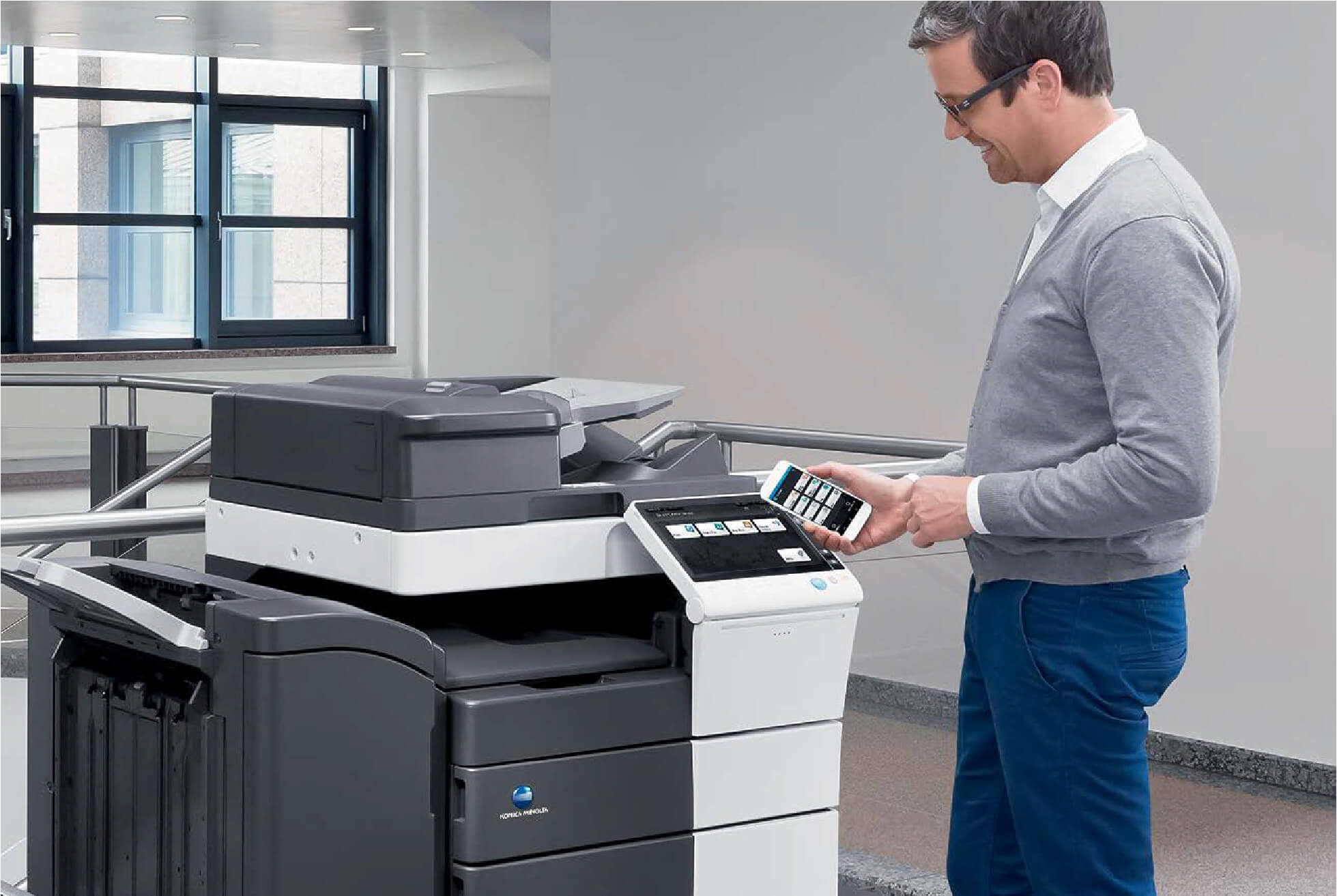Unsecure network printers are a serious risk because they leave organizations open to data breaches, ransomware, and compliance issues.
But locking down those multifunction printers (MFPs) doesn't have to be hard. Here are four industry best practices for hardening your network printer security.
1. Apply User Access Restrictions
Maintaining control and visibility of all network users is vital when deploying connected business systems. This same methodology applies when configuring MFPs for use by inside and outside team members.
Connected users of an MFP should be assigned specific access restrictions to limit their access to administrative functions of the printer as well as internal storage settings. This gives IT administrators the ability to track usage of the MFP 24 hours a day from both internal and external team members, limiting exposure to data breaches and leakage.
2. Keep Printer Software Regularly Updated
Modern MFPs run on sophisticated software designed to operate efficiently within modern business infrastructures.
However, much like every piece of technology, MFPs require firmware updates from time to time to improve their performance and security. Running MFPs with outdated software can leave your device open to network vulnerabilities.
In this case, administrators should regularly check the status of their devices and ensure onboard software is kept up to date regardless of whether the update seems critical or not.
3. Purge Automatic Memory Storage
Most MFPs are designed with default processes that improve device performance but may lead to gaps in business security. Many MFPs use portions of their onboard memory cache to store temporary data files in the event of printing errors and for quick and easy "scan to email" data transmissions.
However, files kept in these memory stores can be sensitive and may be a source of data leakage if left in place when the printer is returned or sold.
A data security best practice is to disable the default automatic memory storage functionality on your MFP, if applicable, and ensure your printer hard drives are entirely formatted before giving up ownership of them.
4. Change Administrative Passwords
A surprising number of offices make the same mistake when configuring their MFP for general use - forgetting to change the administrative password.
Although it may seem like an insignificant best practice, improving your administrative login credentials can help protect you from a variety of security vulnerabilities. Default administrative passwords on MFPs are easily identifiable to hackers looking to gain access to connected systems, install malware, and put security backdoors in place.
Changing the administrative password of your MFP should be one of the first processes you initiate and will often times have the most significant security impact.
Printing in the Connected, Modern World
It's important to remember that when it comes to business security, the number one goal for an organization should be to reduce its attack surface. By following these best practices when securing your MFP, you'll significantly reduce the likelihood of a data breach from occurring while ensuring you maintain the highest business compliance and security standards.




